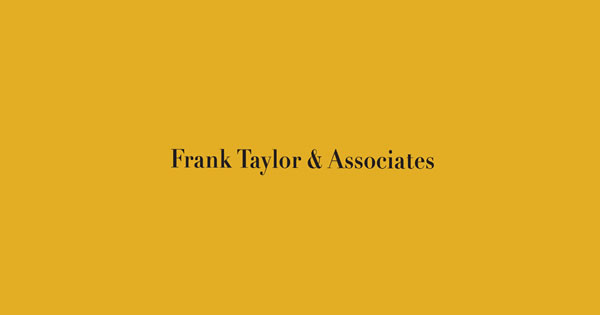It’s hard to escape the current uncertainty in the economic environment; it seems after the lifting of covid restrictions the ‘new normal’ we all longed for is one of inflation, rising interest rates, a weakening pound and the spectre of recession looming ever larger. For the unprepared it could give you sleepless nights. Which is why preparation in the form of realistic, flexible planning and a healthy degree of pragmatism is the best way to navigate choppy economic waters. Lis Hughes of Frank Taylor & Associates discusses the way forward in difficult times.
“There’s certainly no need to despair”, says Lis, “a calm head, clear focus and a willingness to adapt to conditions is key. First it’s important to accept that things may be difficult and that you need a plan to get through. I always recommend looking ahead and at where you want to get to in, say a year or two, and then plotting the way to get there. You need to accept that factors outside of your control may cause you to revise that route, but if you keep the end goal in sight you can be reassured you are moving in the right direction; without a plan you really are in the dark. If you were travelling somewhere for the first time, and for an important appointment, you wouldn’t just get in your car and hope for the best, you’d plot the route from A to B in the satnav and be prepared for contingencies. This is really no different”.
“I mentioned factors over which you have no influence, and it’s vital to understand the difference between these (let’s call them the non controllables) and the controllables. The former for example might include Bank of England decisions on interest rates or the impact of the war in Ukraine on rising fuel prices, the latter will likely encompass decisions on hiring staff, surgery hours and less quantifiably, service levels, team morale and motivation”.
“Managing the controllables will likely mean understanding your KPIs and a good grasp of the underlying drivers of cost and revenue. For example what is the mix of income and which treatments are most profitable. Similarly, DNAs are costly and disruptive. Is there a pattern to these? Are certain treatments more susceptible to a ‘no show’, or appointment times or patients? Another consideration could be surgery opening hours; your costs don’t stop when your surgery closes, but your opportunity to generate revenue does. Whilst we’re not advocating 24×7 dentistry, understanding the most profitable times of day will help with determining surgery hours. For a lot of practices, patients’ working practices have changed since lockdown, so the pattern today may not be what it was even three years ago”.
Lis continues, “Even with non controllables like an interest rate rise, we can plan a response. For example, an interest rate increase will naturally mean additional costs to the business. If you break your response down into levels of activity in the business it can seem less daunting on an emotional level and more manageable at a practical one. For example, if an average hygienist appointment brings in £90 per visit, 10 additional appointments per month (two or three per week) could bring in over £10,000 extra revenue. This would certainly help to ‘soften the blow’ of the uncontrollable costs rising and keep the business on a profitable footing”.
“There’s an old saying ‘procrastination is the thief of time’, it can also be the thief of your bottom line, there really is nothing to be gained from delaying”.

















